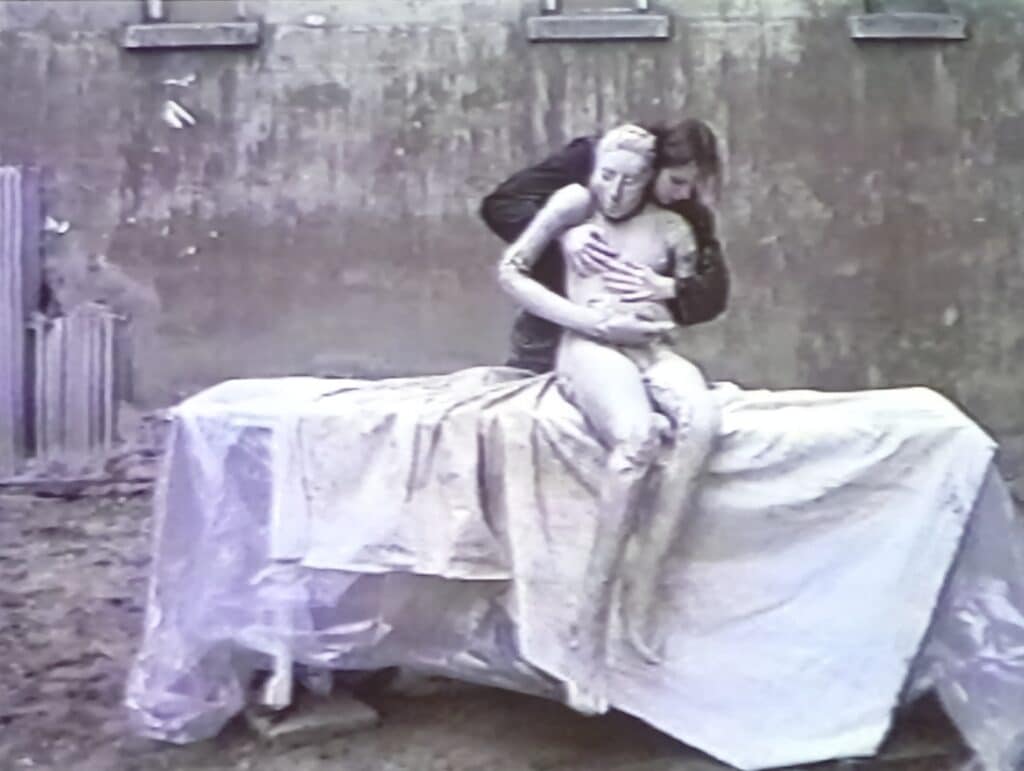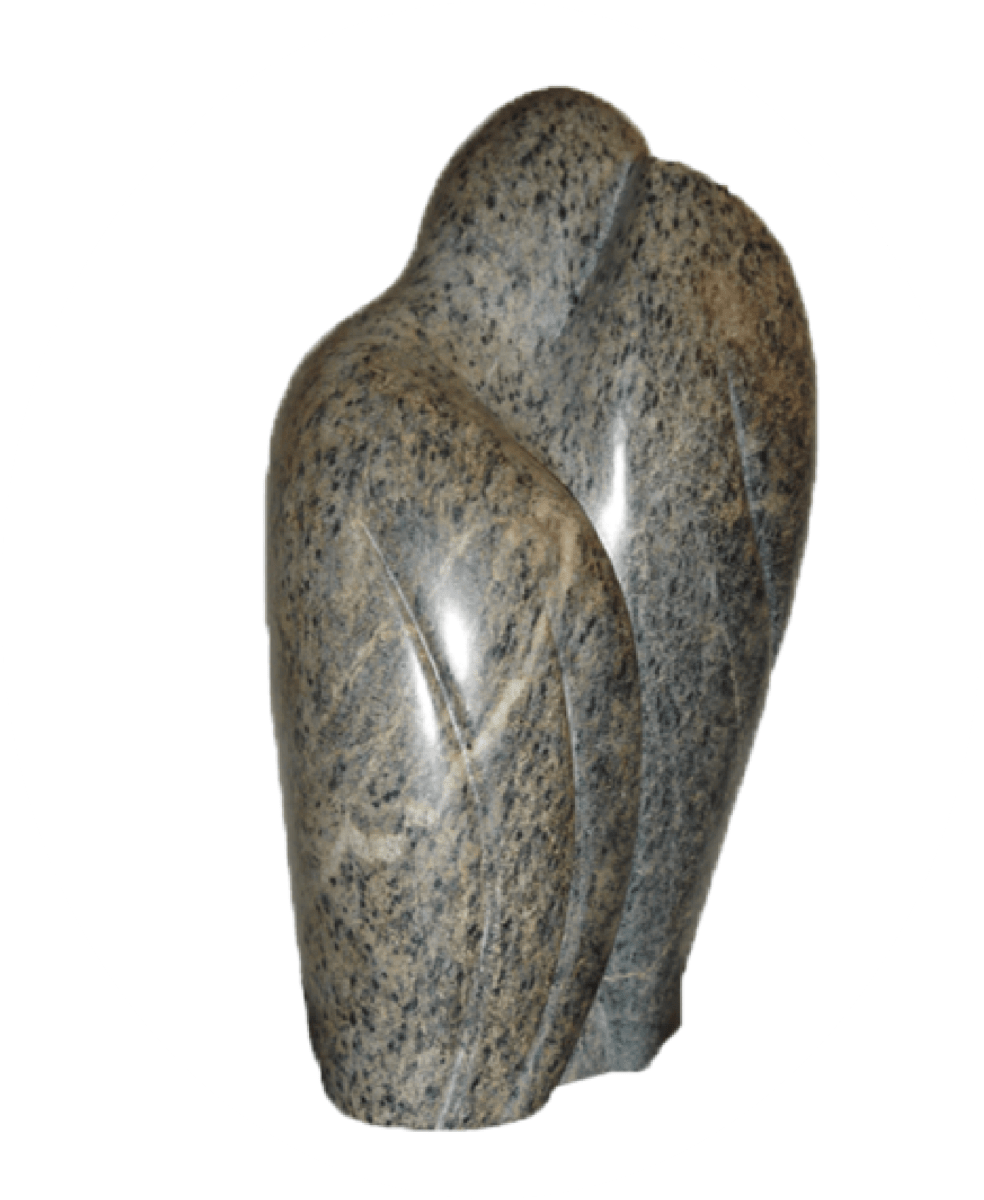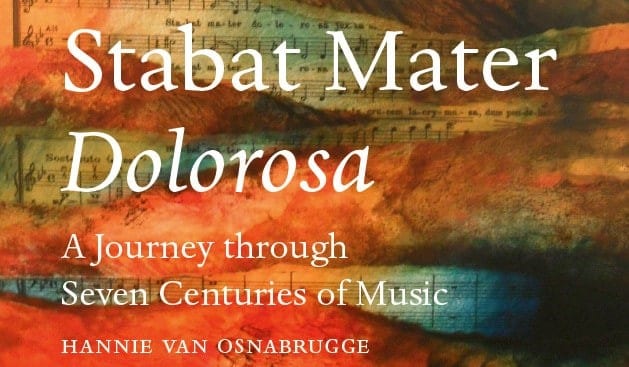A gloomy and desolate courtyard with crumbling walls sets the scene. On a table, covered with a sheet, lies a human figure, possibly a dead body. The woman positioned behind the table removes the sheet away revealing a sculpture, made of clay. With care, she takes the arm and hand, molding them into the correct shape before tenderly placing the arm over the abdomen. The woman continues her meticulous work on the legs, passionately kneading, shaping, and modeling. Then, with gentle hands, she lifts the head and shoulders, supporting them with her arm. The sculpture resembles the grieving figure of Mary with her deceased son. The artist’s desperate attempts to bring the sculpture to life become evident, but the harder she works, the more it falls apart. Her efforts are heart-wrenching, and the reason for my emotional connection eludes me. Is it the despair, the passion, or perhaps the longing for a lost loved one?
Years ago, I encountered this video at the Passion exhibition in Oirschot during the annual Stabat Mater concerts. Since then, I often pondered the artist’s desperate endeavors to revive a deceased individual. When I wrote a chapter about art for the book “Stabat Mater Dolorosa,” I began searching for the video. However, finding it became challenging without knowing the artist’s name or the artwork’s title. Queries involving “video,” “dead man,” or “skeleton on table” yielded no results, and my email to the exhibition organizers remained unanswered. Regrettably, I couldn’t include the story of the video in my book.
Then, during the summer of 2022, while on a cycling holiday along the German border, my journey led me to Doetinchem. There, we leisurely strolled through the town on a particularly warm day. Seeking refuge from the heat, we entered the Stadsmuseum, which happened to be hosting an exhibition titled “The Passion in Art.” Inside, where it was refreshingly cool, we ascended the stairs and turned left, coming across a screen displaying a video. This was it! The video was titled “Pietà” and created by Erzsébet Baerveldt, a Dutch photographer, painter, draftsman, video artist, and sculptor. Baerveldt is the woman struggling with the sculpture, ultimately meeting defeat.
According to information I found on Wikipedia, Baerveldt studied at the Royal Academy of Art and Design in ‘s-Hertogenbosch and later at the State Academy of Art in Amsterdam. Many of her sculptures can be found throughout the Netherlands, and she has received numerous awards. Born as Sharon Baerveldt, she officially changed her first name to Erzsébet in 1993 due to her fascination, or perhaps obsession, with the Hungarian countess Erzsébet Báthory (1560-1614). Báthory, infamous as “Countess Dracula,” was a Hungarian serial killer known for her preference for bathing in blood. A truly bizarre story!
On behalf of our foundation, I would like to organize an exhibition focused on Stabat Mater and visual arts, incorporating this video by Erzsébet Baerveldt.





